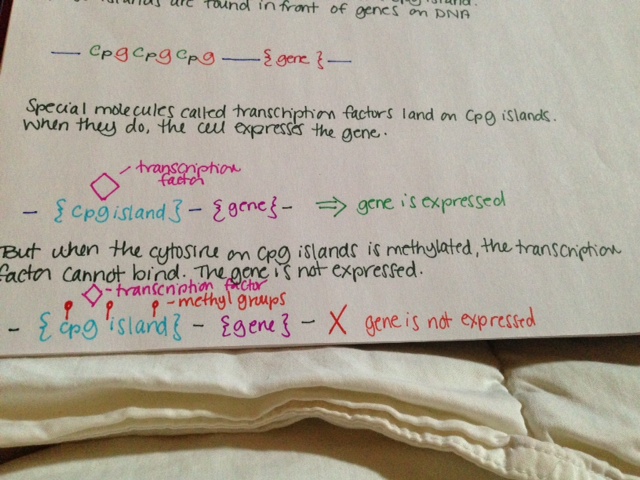Food allergy series: Atopy, risk factors and frequency
Food allergy is used widely to describe any adverse reaction to food, but scientifically is considered to include only IgE mediated reactions. For the purposes of this series, I will use this term in the same way. However, there are several other conditions that can cause severe food reactions via different mechanisms and all will be addressed in upcoming posts.
Food allergy causes a reaction to a specific allergen following contact with the skin or mucosa, generally the mouth and GI tract. Colloquially, the terms sensitization and allergy are often used interchangeably, and while they are related, they are not the same. Sensitization is when the body makes allergen specific IgE in the blood or skin. Allergy is sensitization with accompanying symptoms.
Atopy refers to the tendency of a person to develop diseases of allergic nature, like asthma and atopic dermatitis. Having one atopic condition makes a person more likely to develop others. The term “allergic march” has been used to describe the progressive accumulation of atopic conditions from the first year of life through late childhood. Though first described in US patient groups, it has also been observed in several other countries. It typically begins with atopic dermatitis and progresses to include allergic rhinitis, asthma and food allergy. Severe eczema within the first six months of life is associated with increased risk of peanut, milk and egg allergies, for example.
Most food allergies are due to egg, cow’s milk, wheat, soy, shellfish, fish, peanuts and tree nuts. 30.4% of children with food allergy have multiple of them. Kids with multiple food allegies are more likely to have severe reactions, as are adolescents from 14-17 years of age. Peanuts, cashews, walnuts and shellfish allergies are most likely to be severe.
The largest studies on frequency of food allergy use self reported information. These types of surveys are not the gold standard. For example, it has been shown that a large number of people eliminate foods from their diets based on suspicion of allergy. These are often unnecessary. 89% of patients with atopic dermatitis were shown to have no reactions to suspect foods on oral challenge. Still, self reported studies are the largest body of data available.
Out of 38,480 households in the US, 2.4% had children with multiple food allergies and 3% had kids with history of severe allergic reaction. Across 9,667 Canadian households, there was an overall 8% rate of food allergy, in line with findings in the US. Australian studies have focused more specifically on frequency of individual allergens and have used oral food challenges in determining allergy frequency. Out of 2,848 one year old children in Melbourne, 3% were allergic to peanut and 8.9% were allergic to raw egg.
Risk factors for developing food allergies are complicated and will be addressed in greater detail in coming posts. Atopy, low vitamin D, reduced consumption of omega-3 polyunsaturated fatty acids, reduced consumption of antioxidants, increased use of antacids, obesity, increased hygiene, and delaying exposure to common allergens have all been cited as risks. Family history of food allergy as well as specific genetic alleles and HLA profiles have also been tied to food allergies.
In children, males are more likely to develop food allergies, with Black children being the most likely, and Asian children being more likely than White children. Children of immigrants living in the US are at higher risk than children born to American born parents in the US. Food allergy is associated with increased affluence, with people living in households earning more than $50,000/year being more likely to receive a diagnosis. However, it is not clear if this is due to increased access to healthcare.
Childhood food allergies are often thought to be “outgrowable.” Allergies to milk, egg, wheat and soy are more likely to resolve. Peanut, tree nut, fish and shellfish allergies are more likely to persist. Unfortunately, resolution of allergies is on a declining trend.
References:
Sicherer, Scott, Sampson, Hugh. Food allergy: Epidemiology, pathogenesis, diagnosis and treatment. Journal of Allergy and Clinical Immunology. 2014, 133(2): 291-307.
Sicherer, Scott, Leung, Donald. Advances in allergic skin disease, anaphylaxis and hypersensitivity reactions to food, drugs and insects in 2013. Journal of Allergy and Clinical Immunology. 2014, 133(2): 324-334.
Gupta, Ruchi, et al. Childhood food allergies: current diagnosis, treatment and management strategies. Mayo Clinic Proceedings. 2013, 88(5): 512-526.


